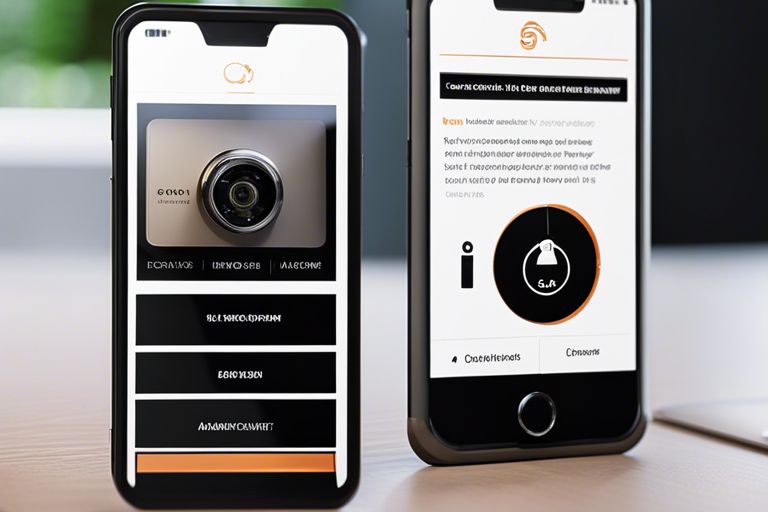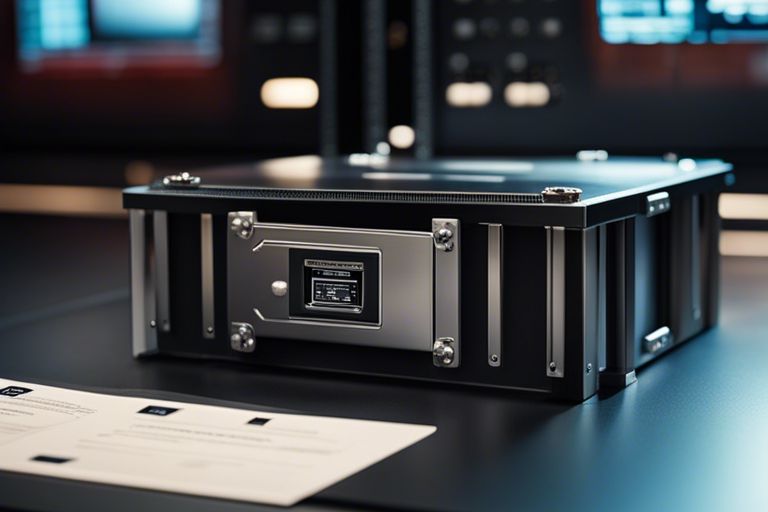With the increasing reliance on mobile devices for both persona and professional use, ensuring the security of these devices has become a top priority. Mobile security is crucial in protecting sensitive data, preventing unauthorized access, and mitigating the risk of cyber threats.
Why Measure Mobile Security Effectiveness?
Measuring the effectiveness of your mobile security measures is essential to identify vulnerabilities, assess the strength of your security controls, and make informed decisions to enhance your mobile security posture.
Key Metrics to Measure Mobile Security Effectiveness
1. Mobile Device Management (MDM) Compliance:
MDM compliance measures how things are managed and controlled within your organization. It includes device encryption, password policies, and remote wipe capabilities.
2. App Security:
Assessing the security of the apps installed on mobile devices is crucial. Look for vulnerabilities in-app premium apps, data encryption, and secure coding practices.
3. Network Security:
Monitoring network security helps identify potential threats and vulnerabilities in mobile device connections. Assess the strength of encryption protocols, VPN usage, and the effectiveness of firewall and intrusion detection systems.
4. Mobile Threat Detection:
Implementing a robust mobile threat detection solution helps identify and respond to mobile-specific threats such as malware, phishing attacks, and network spoofing.
5. User Education and Awareness:
Measure the effectiveness of your user education and awareness programs in promoting safe mobile device usage. Conduct regular security training sessions and assess user knowledge through quizzes and simulated phishing exercises.
Best Practices for Measuring Mobile Security Effectiveness
1. Define Clear Objectives:
Before measuring mobile security effectiveness, clearly define your objectives and what you aim to achieve. This will help you focus on the most relevant metrics and ensure alignment with your organization’s overall services.
2. Establish Baseline Measurements:
Start by establishing baseline measurements for each metric. This will provide a benchmark for future assessments and allow you to track improvements over time.
3. Regularly Assess and Update Metrics:
Mobile security threats constantly evolve, so it is crucial to regularly assess and update your metrics to stay ahead of emerging threats. Stay informed about the latest mobile security trends and adjust your measurements accordingly.
4. Use Automation and Analytics:
Leverage automation tools and analytics platforms to streamline the measurement process and gain actionable insights. These tools can help you collect and analyze data more efficiently, saving time and resources.
5. Collaborate with Stakeholders:
Involve key In the measurement process, involve elders, such as IT teams, security professionals, and mobile device users; the meat and feedback can provide valuable insights and help identify blind spots.
Conclusion
Measuring mobile security effectiveness is crucial in today’s mobile-centric world. By assessing key metrics and following best practices, organizations can enhance their mobile security posture, protect sensitive data, and mitigate the risk of cyber threats. Remember to Regularly update your measurements to stay ahead of evolving security challenges.






